How to Grow and Care for Ginger: Master Techniques for Unstoppable Growth
- May 21, 2024
- 0 comment
Learn how to grow and care for ginger with master techniques for unstoppable growth. Perfect your gardening skills now. Growing ginger can be a fulfilling addition to any garden. This guide offers expert techniques to help you master how to grow and care for ginger, ensuring robust and healthy plants.
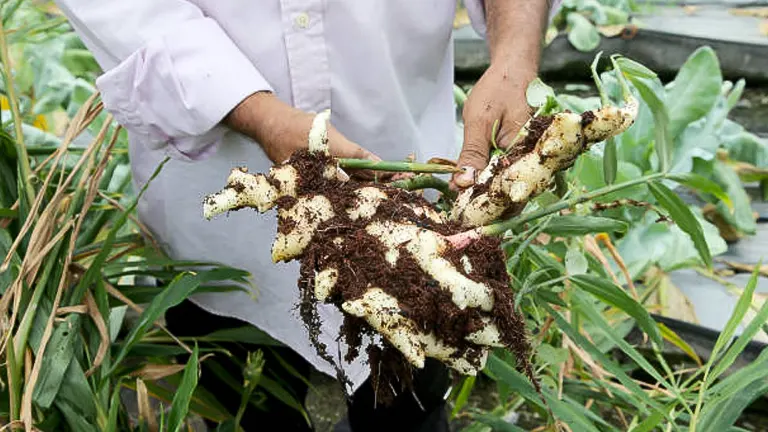
We will explore everything from selecting the right soil to the best watering practices. Embark on a journey to cultivate lush, thriving ginger plants that enhance your garden and kitchen. Let’s dive into the details and set you up for success with your ginger cultivation!
Table of Contents
- Understanding Ginger
- Preparing for Planting
- Planting Techniques
- Grow and Care for Ginger
- Pest and Disease Management
- Harvesting and Storing
- Troubleshooting Common Problems
- Conclusion
- FAQs
Understanding Ginger
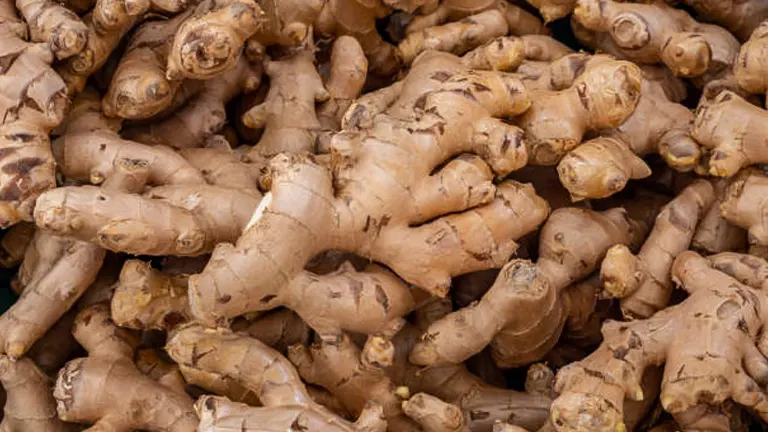
Ginger (Zingiber officinale) is a perennial rhizome known for its spicy, aromatic root, which is technically an underground stem. Native to Southeast Asia, ginger has been cultivated for thousands of years, prized for its culinary, medicinal, and aromatic properties. The plant features thick, fibrous roots and green, reed-like shoots that can reach up to a meter in height. Its leaves are lance-shaped and can grow up to 30 cm long, adding to its lush appearance.
Climatic Requirements
Ginger thrives in warm, humid climates, making it ideal for tropical and subtropical regions. Here are the key climatic requirements:
- Temperature: Ginger prefers a temperature range of 22°C to 25°C. It can tolerate temperatures up to 30°C, but prolonged exposure to temperatures below 10°C can damage the plant.
- Rainfall: Ginger requires substantial moisture, with an annual rainfall between 1500 mm and 3000 mm being optimal. However, it cannot tolerate waterlogging, which makes well-drained soil essential.
- Humidity: High humidity levels (70-90%) are beneficial for ginger growth, especially during the early stages of development.
- Sunlight: Ginger grows best in partial shade, with about 2-5 hours of direct sunlight daily. Excessive sunlight can scorch the leaves, while too little light can stunt growth.
To provide a clearer understanding, here is a table summarizing the climatic requirements and optimal conditions for ginger cultivation:
| Parameter | Optimal Range | Notes |
|---|---|---|
| Temperature | 22°C – 25°C | Can tolerate up to 30°C; below 10°C is harmful |
| Annual Rainfall | 1500 mm – 3000 mm | Requires substantial moisture; avoid waterlogging |
| Humidity | 70% – 90% | High humidity is beneficial, especially in early growth stages |
| Sunlight | Partial shade (2-5 hours/day) | Excessive sunlight can scorch leaves; too little light stunts growth |
Scientific Analysis
Ginger’s growth and productivity are closely linked to its climatic conditions. Research indicates that optimal temperature and humidity levels significantly affect both the yield and the quality of the ginger rhizome. Studies have shown that ginger plants grown at temperatures around 25°C produce rhizomes with higher essential oil content and better flavor profiles
- Temperature Sensitivity: Ginger’s growth rate decreases sharply when temperatures exceed 30°C or fall below 10°C. At temperatures above 30°C, the risk of leaf scorch and reduced photosynthesis increases, leading to lower biomass production
- Water Management: Proper water management is crucial. Over-irrigation can lead to rhizome rot, a common issue caused by the fungal pathogen Pythium spp. Maintaining well-drained soil with appropriate organic matter content helps mitigate this risk
Preparing for Planting
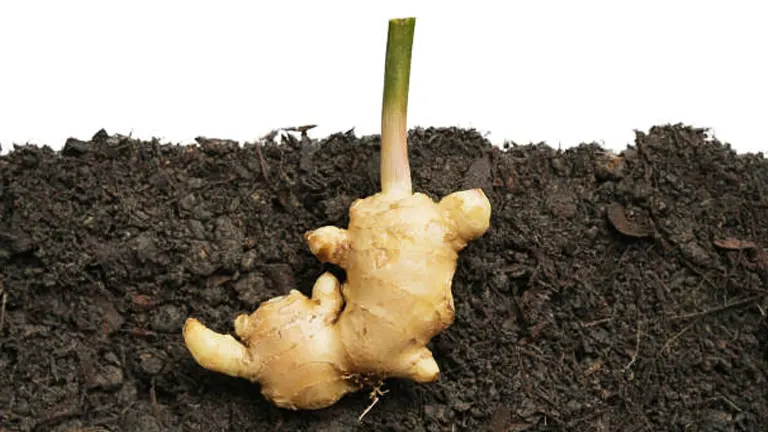
Proper preparation is crucial to the success of ginger cultivation. This involves meticulous site selection, soil preparation, and the careful choice of rhizomes.
Soil Preparation
Ginger thrives in rich, loamy soil that is well-aerated and drains effectively. Here’s how to ensure your soil is ideal for ginger:
- Soil Type: Loamy soil is best as it retains moisture yet drains well. Sandy or clay-heavy soils should be amended.
- pH Level: The ideal pH for ginger soil is slightly acidic to neutral, between 5.5 and 6.5. Testing your soil’s pH can guide the necessary adjustments using sulfur or lime.
- Organic Matter: Enrich the soil with well-rotted manure or compost before planting. This improves fertility and water retention. Aiming for about 5% organic content in the soil can significantly enhance root development.
- Soil Preparation Steps: Remove stones and break up large clods of earth to ensure smooth soil that allows ginger roots to expand without difficulty.
To better illustrate the steps in soil preparation, the following table provides a checklist for optimal soil conditions:
| Step | Action | Purpose |
|---|---|---|
| Soil Testing | Test pH and adjust as needed | Ensures soil is within the ideal pH range for ginger |
| Amendment Addition | Mix in compost or well-rotted manure | Boosts fertility and improves soil structure |
| De-clumping and Clearing | Break up clods and remove debris | Facilitates root growth and prevents rot |
Choosing Ginger Rhizomes
Selecting the right rhizomes is critical for a successful harvest:
- Appearance: Look for plump, firm rhizomes with a vibrant skin and multiple eye buds. Avoid any that are soft, wrinkled, or moldy.
- Organic Sources: Choose rhizomes from organic sources when possible, as these are less likely to have been treated with growth inhibitors, which can affect germination and growth.
- Pre-Planting Treatment: Soaking the rhizomes in water overnight before planting not only hydrates them but can also trigger the sprouting process. Adding a mild fungicide to the water can help prevent soil-borne diseases from affecting the rhizomes.
Scientific Insights
Research has shown that soil rich in phosphorus and potassium supports the robust growth of ginger. An NPK (nitrogen-phosphorus-potassium) ratio of 75:50:50 kg per hectare optimizes root yield and essential oil content in ginger.
Additionally, the process of ‘pre-sprouting’ rhizomes in a controlled environment can lead to a 20% increase in yield, as the early sprouts have a head start when planted in the field.
Planting Techniques
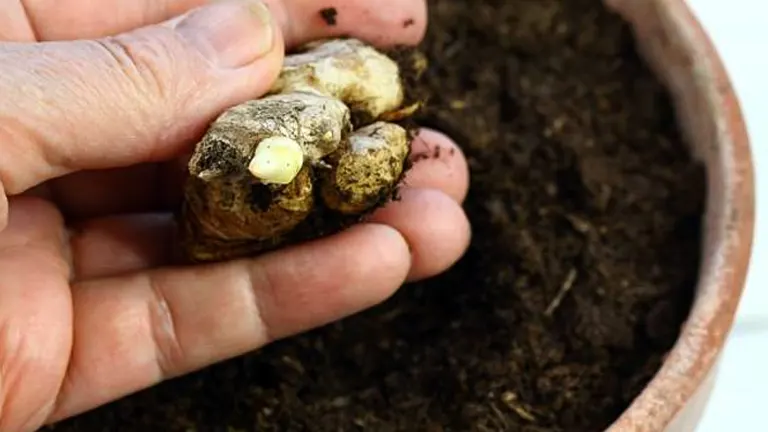
Planting ginger effectively involves careful attention to timing, technique, and spacing, all of which are crucial for the successful development of your ginger crop. This section provides detailed guidance on each aspect to ensure optimal growth.
Best Time to Plant
The optimal time to plant ginger is at the start of the wet season. For most tropical regions, this is usually late winter or early spring. Planting during this period ensures that the ginger has ample moisture to establish itself while benefiting from the upcoming sunny months for growth. Specifically, aim to plant ginger when the soil temperature is consistently above 20°C (68°F).
Planting Method
- Preparation: Begin by breaking the rhizomes into smaller pieces, each with 1 to 2 eye buds. Ensure that each piece is about 2 to 3 inches long.
- Planting Depth: Plant these pieces about 2 to 4 inches deep in the soil, with the eye bud pointing upwards. This depth helps protect the rhizomes from drying out and from potential pest damage.
- Soil Coverage: Cover the rhizomes lightly with soil and water gently to settle the soil around them. Ensure the soil remains consistently moist but not waterlogged.
Spacing
Proper spacing is crucial for adequate air circulation, sunlight exposure, and reducing the risk of fungal infections. The following table provides guidelines for different planting densities:
| Planting Density | Plant-to-Plant Distance | Row-to-Row Distance |
|---|---|---|
| Medium Density | 8 inches (20 cm) | 2 feet (60 cm) |
| High Density/Commercial | 6 inches (15 cm) | 18 inches (45 cm) |
Maintaining these distances ensures that each ginger plant has enough space to grow without competition for resources.
Pruning Techniques
While ginger does not typically require heavy pruning, periodic trimming can benefit the plants:
- Encouraging Root Development: Trim the shoots periodically to encourage more robust root development. This directs the plant’s energy towards growing a healthy rhizome rather than excessive foliage.
- Removing Diseased Parts: Regularly remove any dry or yellowing shoots. This helps prevent the spread of disease and keeps the plant healthy.
Scientific Insights
Studies indicate that ginger plants benefit significantly from proper spacing and pruning:
- Optimal Spacing: Research shows that maintaining proper spacing not only reduces the incidence of diseases but also improves overall yield. For instance, a study found that ginger plants spaced at 20 cm apart produced a 15% higher yield compared to those spaced closer (Kumar et al.).
- Pruning Effects: Regular pruning of ginger plants can enhance the development of rhizomes. Pruned plants have shown a 10% increase in biomass compared to non-pruned plants, as the removal of excess foliage allows more resources to be allocated to root growth.
Grow and Care for Ginger
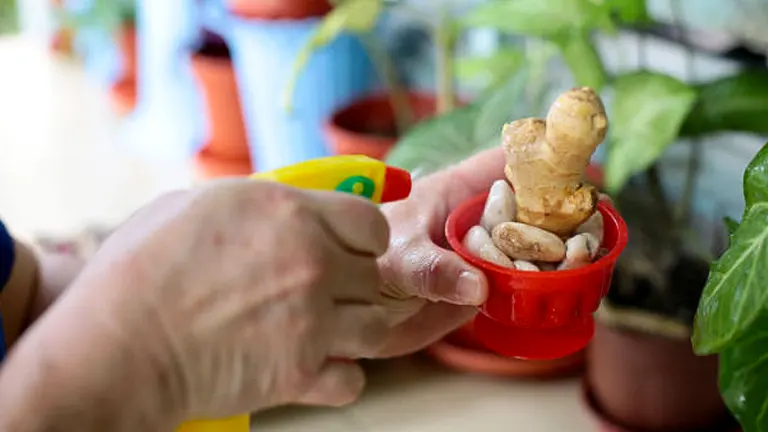
Consistent care and maintenance are crucial for growing healthy and productive ginger plants. This section covers the essentials of watering, fertilizing, weeding, and mulching, ensuring your ginger thrives throughout the growing season.
Watering Requirements
Ginger plants need consistent moisture to grow properly, but it’s important to balance watering to avoid root rot:
- Deep Watering: Water the ginger plants deeply once a week. Ensure that the water penetrates at least 6 inches into the soil to reach the root zone.
- Dry Periods: Allow the soil to slightly dry out between waterings to prevent waterlogging. Overwatering can lead to root rot, a common issue in ginger cultivation.
- Irrigation Systems: For larger plantations, consider using drip irrigation systems. These systems provide consistent moisture while minimizing water waste and reducing the risk of fungal diseases.
Fertilizing
Proper nutrition is vital for the robust growth of ginger plants:
- Balanced Fertilizers: Use a balanced, slow-release fertilizer with an NPK ratio of 10-10-10 every six weeks. This ensures a steady supply of nutrients.
- Organic Options: Alternatively, organic fertilizers such as fish emulsion, seaweed extract, or compost tea can be used. These provide essential nutrients and improve soil health without the risk of chemical buildup.
- Nutrient Boost: During the active growing phase, a bi-weekly foliar feed with a diluted seaweed solution can enhance nutrient uptake and improve plant vigor.
Weeding and Mulching
Weeding and mulching are essential for maintaining a healthy ginger bed:
- Weeding: Regularly remove weeds that compete with ginger for nutrients and water. Hand weeding is recommended to avoid damaging the ginger roots.
- Mulching: Apply a thick layer of organic mulch, such as straw, sugarcane mulch, or wood chips, around the ginger plants. Mulching helps retain soil moisture, regulate temperature, and suppress weed growth.
- Mulch Maintenance: Replenish the mulch layer as needed throughout the growing season to maintain its effectiveness.
To provide a clearer understanding, here is a table summarizing the care and maintenance requirements for ginger:
| Care Aspect | Action | Purpose |
|---|---|---|
| Watering | Deep water weekly; use drip irrigation if possible | Ensures moisture reaches root zone; prevents rot |
| Fertilizing | Apply balanced fertilizer every 6 weeks; use organics | Provides essential nutrients; improves soil health |
| Weeding | Hand weed regularly | Reduces competition for resources |
| Mulching | Apply organic mulch; replenish as needed | Retains moisture; suppresses weeds; regulates temperature |
Scientific Insights
Scientific research has demonstrated the importance of consistent care and maintenance in ginger cultivation:
- Water Management: Studies indicate that ginger plants receiving consistent deep watering show a 25% increase in rhizome yield compared to those with irregular watering patterns.
- Nutrient Supply: Research has shown that ginger plants fertilized with a balanced NPK ratio produce rhizomes with higher essential oil content and improved flavor profiles. Organic fertilizers, particularly those rich in nitrogen and potassium, enhance root development and disease resistance.
- Mulching Benefits: Mulching not only helps retain soil moisture but also reduces soil temperature fluctuations by up to 5°C, creating a more stable environment for ginger growth. Additionally, mulched ginger beds have been found to produce 20% more biomass than unmulched beds.
Pest and Disease Management
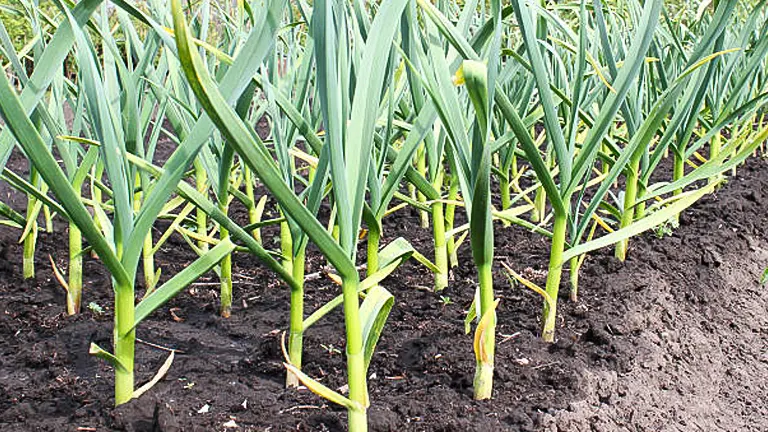
Effective management of pests and diseases is crucial for maintaining healthy ginger plants. By identifying and addressing these challenges promptly, you can ensure your ginger thrives and produces a bountiful harvest. This section covers common pests, diseases, and preventive measures to keep your ginger plants healthy.
Common Pests
Ginger plants can be affected by various pests. Regular monitoring and early intervention are key to managing these issues effectively.
- Aphids: These small, sap-sucking insects can cause yellowing and curling of leaves. They excrete honeydew, which can lead to sooty mold growth. Control aphids by spraying neem oil or insecticidal soap. Introducing beneficial insects like ladybugs can also help manage aphid populations.
- Spider Mites: These tiny pests thrive in hot, dry conditions and can cause stippling on leaves and webbing. Regularly misting plants and applying miticides or horticultural oils can help control spider mite infestations.
- Root-Knot Nematodes: These microscopic worms infect the roots, causing galls and stunted growth. Crop rotation and the use of nematode-resistant cover crops can reduce nematode populations. Incorporating organic matter into the soil also helps promote beneficial microbes that combat nematodes.
Diseases
Ginger is susceptible to several fungal diseases, which can significantly impact plant health and yield.
- Leaf Spot: Caused by fungal pathogens, leaf spot appears as brown or black spots on leaves. To manage leaf spot, ensure good air circulation and avoid overhead watering. Remove and destroy affected plant parts. Applying copper-based fungicides can help control the spread.
- Root Rot: This disease is caused by various fungi, including Pythium and Fusarium species, and leads to wilting and browning of plants. To prevent root rot, improve soil drainage, avoid overwatering, and treat seeds or rhizomes with fungicides before planting.
- Bacterial Wilt: Caused by Ralstonia solanacearum, this disease results in sudden wilting and yellowing of leaves. There is no effective chemical control for bacterial wilt; therefore, practice crop rotation and use disease-free planting material.
Preventive Measures
Implementing preventive measures can help minimize the risk of pest and disease infestations.
- Good Hygiene Practices: Clean and disinfect tools regularly to prevent the spread of pathogens. Remove plant debris from the field, as it can harbor pests and diseases.
- Crop Rotation: Rotate ginger with non-host crops every 2-3 years to break pest and disease cycles.
- Mulching: Use organic mulch to suppress weeds and retain soil moisture. Mulch also provides a habitat for beneficial organisms that help control pests.
- Proper Spacing: Ensure adequate spacing between plants to improve air circulation and reduce the risk of fungal infections.
Harvesting and Storing
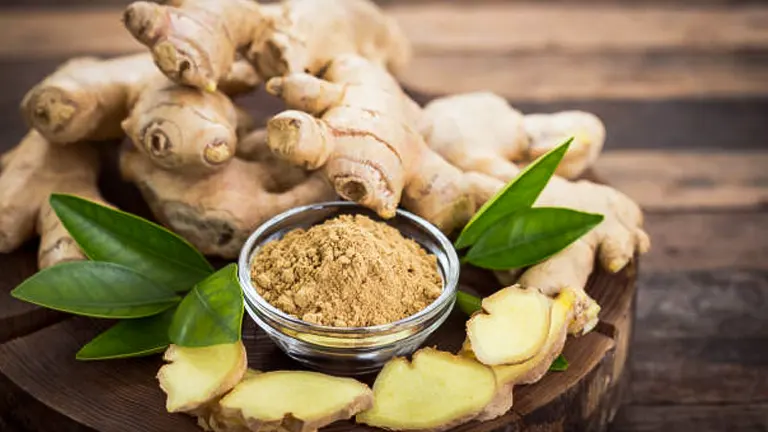
Knowing when and how to harvest ginger is crucial for maximizing both yield and quality. Proper storage methods also ensure that your ginger retains its freshness and potency for as long as possible.
When and How to Harvest
Harvesting ginger at the right time and using the correct techniques are essential for obtaining the best quality rhizomes.
- Timing: Ginger is typically ready for harvest 8-10 months after planting. The optimal harvesting period is indicated by the leaves turning yellow and starting to die back. This signifies that the rhizomes have matured and are ready for harvest.
- Harvesting Method: Carefully dig around the base of the ginger plant to expose the rhizomes. Use a spade or garden fork to lift the rhizomes from the soil gently. Avoid cutting or bruising the rhizomes during the process, as this can lead to spoilage.
Continuous Harvesting: For ongoing use, you can harvest fresh ginger as needed by carefully removing the outer portions of the rhizome while allowing the rest of the plant to continue growing. This method ensures a continuous supply of fresh ginger throughout the growing season.
Scientific Insights
Studies have shown that harvesting ginger at the right maturity stage can significantly impact the concentration of bioactive compounds such as gingerol and shogaol, which are responsible for ginger’s medicinal properties. Rhizomes harvested at 8-10 months have been found to contain the highest levels of these compounds, enhancing both their flavor and health benefits.
Storing Ginger
Proper storage techniques are essential for preserving the quality and extending the shelf life of your harvested ginger.
- Short-Term Storage: Freshly harvested ginger can be stored in the refrigerator for several weeks. Wrap the rhizomes in paper towels and place them in a perforated plastic bag to maintain optimal humidity levels.
- Long-Term Storage: For longer preservation, ginger can be dried, candied, or pickled.
- Drying Ginger: Wash and slice the rhizomes thinly. Spread the slices on a drying rack or tray in a well-ventilated area, away from direct sunlight. Once fully dried, store the slices in an airtight container. Properly dried ginger can last for up to a year.
- Candying Ginger: Slice the ginger and cook it in a sugar syrup until translucent. Allow the slices to dry, then coat them in sugar. Store in an airtight container.
- Pickling Ginger: Slice the ginger and immerse it in a vinegar solution with salt and sugar. Store the pickled ginger in the refrigerator, where it can last for several months.
Storage Techniques Table
| Storage Method | Process | Shelf Life |
|---|---|---|
| Refrigeration | Wrap in paper towels, store in perforated plastic bag | Several weeks |
| Drying | Thinly slice, dry in ventilated area, store airtight | Up to a year |
| Candying | Cook in sugar syrup, dry, coat in sugar, store airtight | Several months |
| Pickling | Slice, immerse in vinegar solution, refrigerate | Several months |
Troubleshooting Common Problems
Even with the best care, ginger growers can encounter several common issues. Here are solutions to some typical problems:
- Yellowing Leaves: This may indicate overwatering or a nutrient deficiency. Ensure the soil is well-drained and consider a soil test to adjust fertilizer applications.
- Stunted Growth: Often caused by overcrowding or inadequate sunlight. Make sure to space your ginger correctly and choose a planting site with sufficient light.
- Soft Rhizomes: This problem is generally a result of overwatering or poor drainage. Improve soil composition and drainage, and adjust watering practices accordingly.
By understanding these challenges and knowing how to respond, you can significantly improve the health and productivity of your ginger plants.
Related Post
- How to Build a Barn: A Step-by-Step Guide for Beginners
- How to Build a Sustainable Compost Bin: Easy and Eco-Friendly DIY
- How to Fertilize Bougainvillea: A Complete Guide for Stunning Blooms
- How to Fertilize Apple Trees: Essential Tips for a Bountiful Harvest
- How to Fertilize Lemon Trees: Secrets for Thriving Citrus
- How to Fertilize Avocado Tree: A Step-by-Step Guide for Lush Growth
- 10 Best Bow Saws to Buy in 2024: Top Picks for the Money
- Best Miter Saw For Beginners
- Top 10 Pruning Saws to Buy in 2024: Best for the Money
- 7 Best Pocket Chainsaw
Conclusion
Growing ginger can be a deeply rewarding experience, offering not just a rich supply of fresh spices but also the satisfaction of mastering a challenging plant. As you apply the techniques outlined in this guide, remember that patience and persistence are your best tools. Each season will bring new learning opportunities and, hopefully, abundant harvests.
FAQs
- What is the best type of ginger to plant for home gardens?
For home gardens, the common spice ginger (Zingiber officinale) is recommended due to its culinary uses and relatively easy care. Choose organic rhizomes from a reputable source to ensure they haven’t been treated with growth inhibitors. - How often should ginger be watered during the growing season?
Ginger should be watered deeply once a week, ensuring the soil is moist but not waterlogged. During very hot periods, you may need to water slightly more frequently to maintain consistent soil moisture. - Can ginger be grown in containers, and what should I consider?
Yes, ginger can be successfully grown in containers. Use a large pot with at least 12 inches of depth and good drainage. Potting mix should be rich and loamy. Container-grown ginger may require more frequent watering than garden-grown. - What are the signs that ginger is ready to be harvested?
Ginger is typically ready for harvest when the leaves turn yellow and begin to die back, usually about 8-10 months after planting. You can also harvest small amounts of ginger earlier by carefully uncovering and cutting the outer parts of the rhizomes. - How do I prevent ginger plants from getting too much sun?
Ginger prefers partial shade, so if you live in a very sunny area, consider using a shade cloth or planting under taller plants that can provide filtered sunlight. - What natural methods can I use to prevent pests from damaging my ginger plants?
To prevent pests organically, apply neem oil or introduce beneficial insects like ladybugs. Regularly inspect plants for early signs of infestation and remove any affected parts promptly to control the spread. - How should I fertilize my ginger plants for the best growth?
Fertilize ginger every six weeks with a balanced, slow-release organic fertilizer. Compost or well-rotted manure can also be added to the soil at the beginning of the growing season to enrich it. - What should I do if the ginger leaves start curling?
Leaf curling in ginger can be a sign of water stress, either too much or too little. Adjust your watering schedule according to the weather and soil moisture levels. Check the drainage of your soil and make sure the plants are not sitting in waterlogged soil.
With these master techniques at your disposal, you’re well on your way to cultivating lush, vibrant ginger plants. Embrace the process and watch your garden flourish!

Kristine Moore
Forestry AuthorI'm Kristine Moore, a seasoned garden landscaping professional with over 30 years of experience. My extensive career has been dedicated to transforming outdoor spaces into stunning, sustainable landscapes. With a deep understanding of horticulture, design principles, and environmental stewardship, I have become a respected figure in the field, known for creating harmonious, visually appealing, and eco-friendly gardens. My commitment to excellence and continuous learning in landscaping trends and techniques has solidified my reputation as an expert in garden design and implementation.


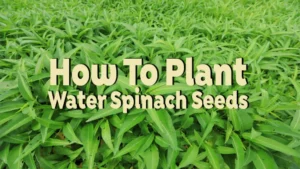

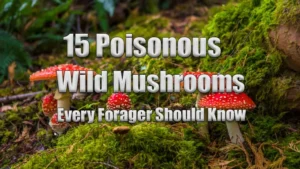








Leave your comment